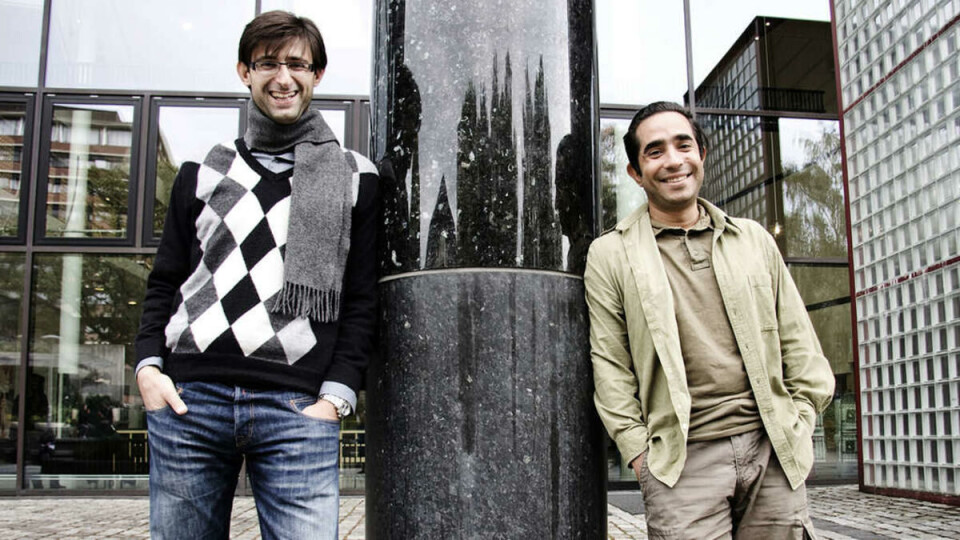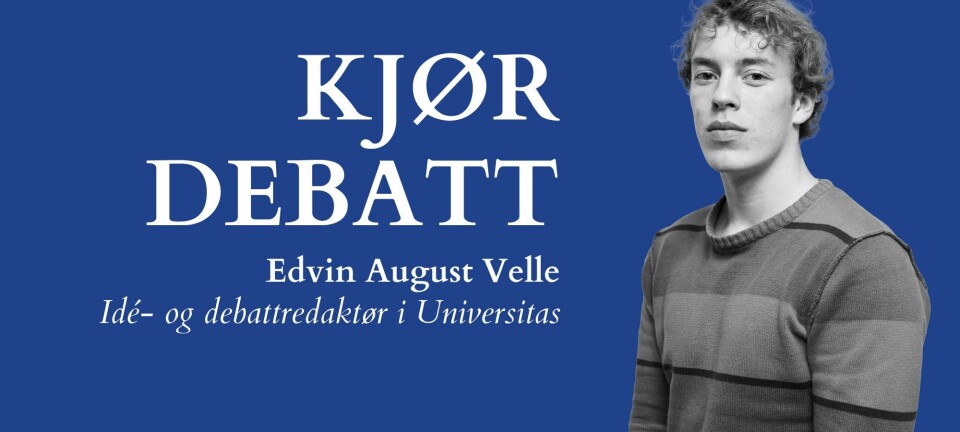
Towards a cash solution
Students from third-world countries have been lost in the Norwegian educational bureaucracy for 15 years. The Ministry of Education and Research is now paying their way out of the problem.

– This has been a sore spot, says the Minister of Research and Higher Education Tora Aasland. She says to Universitas that she is embarrassed by the fact that there hasn’t been an arrangement fixed for quota students upon their arrival in Norway.
Two unsupported months
Yearly 300-400 new quota students come to Norway as a part of the Norwegian aid arrangement. They do not receive financial aid the first two months because they need a Norwegian social security number for applying for study loans from the Norwegian State Educational Loan Fund. Most students have to wait up to two months before they get a social security number from the police.
– It’s embarrassing not being able to support yourself financially, says Anbes Tenaye Kidane from Ethiopia.
He is one of the 19 new quota students enrolled at the Norwegian University of Life Sciences in Ås this fall, and to manage he had to borrow money from friends. Kidane thinks the situation would improve dramatically if the quota students receive a scholarship immediately when they arrive in Norway. This is what Aasland now promises will happen.
Simple solution
Jens Revold, who was the state secretary for Tora Aasland a year ago, promised then that the problem was to be solved within fall 2009. The Ministry of Education and Research has failed to go through with this since it became clear that the bureaucracy was difficult to change.
– We have tried. It’s hard to tell where things have gone wrong. It’s been impossible for several different reasons, what with all the considerations concerning the Directory of Immigration, the State Educational Loan Fund and the Ministry of Education and Research, Tora Aasland says to Universitas.
Aasland does say, however, that a very simple solution has been found: A check. The Ministry of Education and Research will ask the State Educational Loan Fund to issue checks that the education institutions hand over when the students arrive in Norway. The quota students can cash the checks in the bank, and the amount they receive will cover the students’ expenses until they receive regular financial support from the State Educational Loan Fund. The ministry has earmarked five million Norwegian kroner on next year’s state budget.
The national president in International Students Union (ISU), Farshad Tami, is happy that a solution to the problem has finally been presented.
– For two years now I’ve been working to improve the economical situation for the newly arrived quota students, and I have been promised a solution several times, says Tami.
He has some understanding for the fact that things take time in the Norwegian bureaucracy, and he thinks a solution like this should have been presented at a much earlier time. He does, however, think that the arrangement will work out.
– I’m excited about whether this arrangement will contribute to give next years´ quota students a more positive picture of the student life in Norway, he adds.
Shuttlecock
The Ministry of Education and Research have taken their liberty to treat ISU like a shuttlecock. This wouldn’t have taken this long if it was a case that the Norwegian Association of Students was fighting for. Ina Tandberg, leader in the Norwegian Association of Students.
– ISU have been promised a solution to this problem for two years. The Ministry of Education and Research have taken their liberty to treat ISU like a shuttlecock. This wouldn’t have taken this long if it was a case that the Norwegian Association of Students was fighting for, says leader of the association Ina Tandberg.
She is happy that the department has found five million kroner to the quota students, but claims that it remains to be seen if the solution will work.
Åsa Elvik, state secretary for the Ministry of Education and Research, says that the solution has taken longer to find since they had to find one that was possible to work within the State Educational Fund Loan.
– But now we have found a very good solution, and we prioritize using funds for this, says Elvik.
She is also very happy for the involvement ISU and the other student organizations have shown for this case, and she thinks that they have had a good dialogue about the case. Even though, as mentioned, it took them 15 years.
Nordis Tennes • Aksel Kjær Vidnes • Torbjørn S. Holen (foto) • Translated by Ingrid F. Brubaker
































